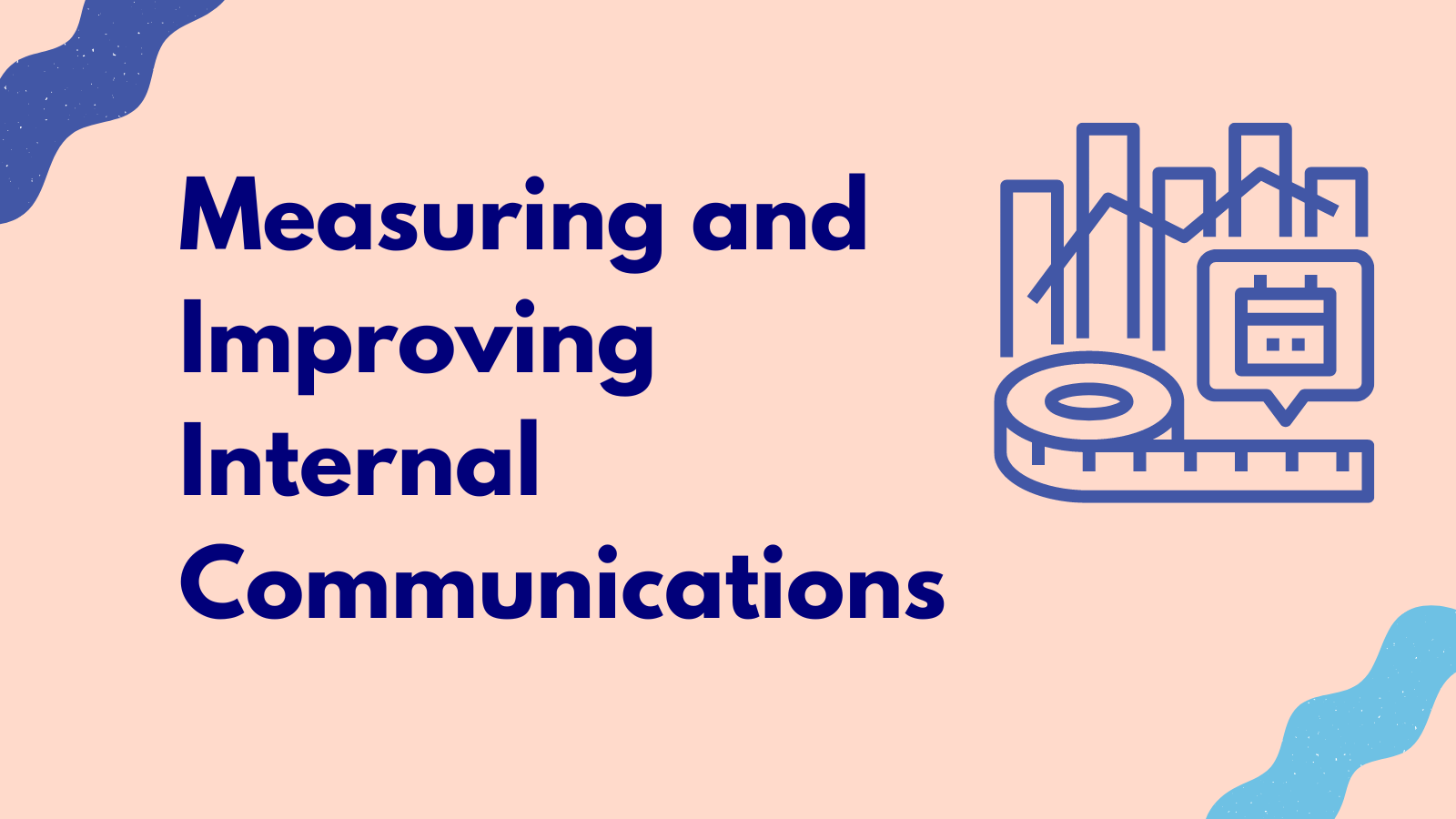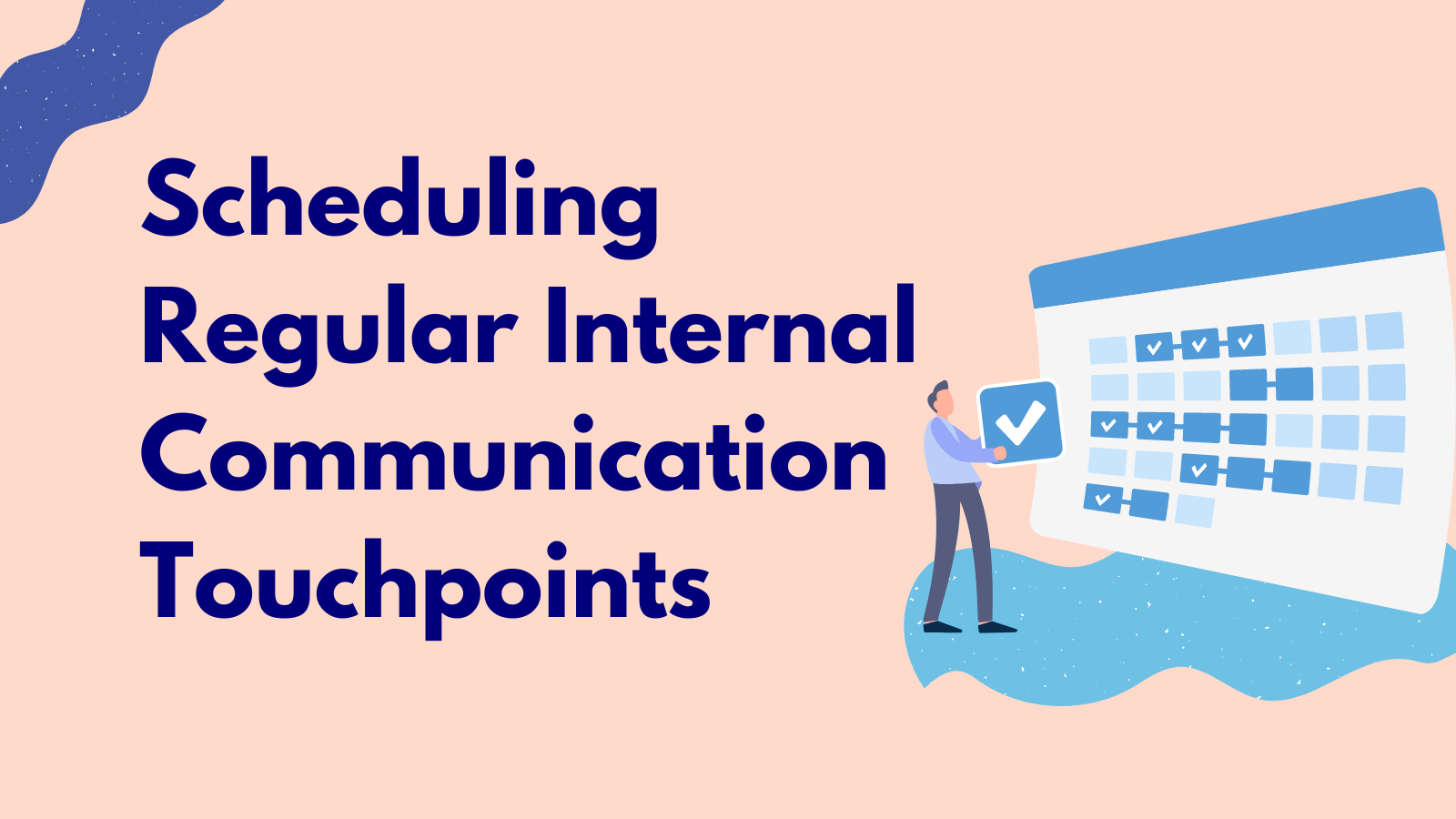Who are you communicating with when you send out that company-wide email or hold a team meeting? Identifying your internal communication audience is the first step in ensuring that your messages are received and understood by the right people.
By understanding the demographics, roles, and communication preferences of your audience, you can tailor your messages to effectively engage and inform your team.
In this blog post, I’ll discuss why identifying your internal communication audience is important and provide strategies for doing so.
Key Takeaways
- Defining the target audience helps organisations understand their employees’ specific needs and preferences.
- Identifying key stakeholders ensures messages reach the appropriate individuals or groups.
- Communication channels should be selected based on communication goals and target audience preferences.
- Analysing employee demographics provides insights into the internal communication audience and helps tailor communication strategies.
Defining Your Target Audience
Defining the target audience is a crucial step in identifying internal communication strategies. By defining target demographics, organisations can better understand the specific needs and preferences of their employees. This knowledge allows them to tailor their communication efforts effectively and ensure that the right message reaches the right people at the right time.
Understanding communication needs is essential for establishing a strong foundation for internal communication initiatives. It helps organisations determine which channels to use, what language and tone to employ, as well as how frequently and when to communicate with employees.
Defining the target audience also enables organisations to segment their workforce based on factors such as job role, department, or location, allowing for more targeted and personalised communication approaches that resonate with individuals’ unique needs and interests.
Overall, defining the target audience not only enhances internal communication effectiveness but also demonstrates respect for employees’ individuality and desires freedom in receiving relevant information.
Related: Find out everything you need to know about internal communications.
Identifying Key Stakeholders
Identifying key stakeholders is crucial for effective communication as it helps in determining who should be involved in decision-making processes and who needs to be kept informed. Let’s find out how.
Relevant Stakeholders Identification
Identifying relevant stakeholders is crucial in internal communication as it helps ensure that the right messages reach the appropriate individuals or groups within an organisation. Stakeholder engagement plays a key role in effective communication strategies, enabling organisations to build relationships and establish trust with their stakeholders.
By identifying and understanding the needs, expectations, and interests of different stakeholder groups, organisations can tailor their communication approach to effectively engage with them. This involves identifying both primary and secondary stakeholders who may have varying levels of influence or interest in the organisation’s activities.
Effective stakeholder identification requires a systematic approach that considers factors such as power dynamics, level of involvement, and potential impact on organisational objectives. By actively involving relevant stakeholders in the communication process, organisations can enhance their understanding of the target audience and develop strategies that resonate with them, ultimately leading to more successful internal communication outcomes.
Related: Have you established internal communications objectives?
Communication Channels Selection
The selection of communication channels is an essential aspect of effective internal communication within organisations. It determines the most suitable means through which messages can be conveyed to stakeholders.
Communication effectiveness and audience engagement are key factors to consider when selecting these channels. Different channels have varying degrees of reach, accessibility, and interactivity, which can impact the overall effectiveness of the message delivery.
For example, face-to-face meetings allow for real-time interaction and immediate feedback, fostering engagement and understanding among participants. On the other hand, digital platforms like email or intranets provide a wide distribution reach but may lack personalisation and immediate response capabilities.
Organisations should carefully evaluate their communication goals and target audience preferences to select the most appropriate channel(s) that align with their desired outcomes. This ensures effective communication and meaningful engagement with their internal stakeholders.
Related: Do you understand the importance of internal communications?
Analysing Employee Demographics
Analysing employee demographics provides valuable insights into the composition of the internal communication audience. Understanding the demographic characteristics of employees can help organisations tailor their communication strategies to effectively engage their workforce.
Demographics provide information on the age, gender, and cultural diversity of employees. This allows organisations to create targeted messages that resonate with different groups.
Analysing employee demographics also helps identify communication preferences and technological proficiency. This enables organisations to choose appropriate communication channels that align with employees’ preferences and capabilities.
Employee demographics can uncover potential barriers to effective communication, such as language or generational differences. By addressing these barriers, organisations can enhance communication effectiveness and ensure messages are understood by all.
Segmenting Your Internal Communication Audience
Segmenting your internal communication audience is an essential step in ensuring that your messages are targeted and relevant.
Two common ways to segment your audience are based on location and job roles.
Segmenting based on location allows you to tailor your communication to specific regions or offices, taking into account cultural differences or time zone constraints. This ensures that employees receive information that is pertinent to their location and enhances engagement.
Additionally, segmenting based on job roles enables you to deliver targeted content that is relevant to specific departments or teams within the organisation. By understanding the unique needs and interests of different job roles, you can provide more personalised and effective communication strategies.
This approach increases the likelihood of employees feeling valued and connected, resulting in a more engaged workforce.
Bonus tip: Discover the role internal communications plays in employee engagement.
Assessing Communication Preferences
This discussion will focus on assessing communication preferences within an organisation. Specifically, it will explore preferred communication channels, target audience demographics, and the importance of tailoring message content.
Understanding which communication channels are most effective for different segments of the workforce is crucial for effective internal communication strategies. By identifying the preferred channels, organisations can ensure that their messages reach employees in the most efficient and impactful way.
Additionally, considering the demographic characteristics of the target audience can help ensure that messages are relevant and resonate with employees. Different age groups, job roles, and cultural backgrounds may have different communication preferences and sensitivities. Taking these factors into account can help organisations avoid miscommunication and increase engagement.
Finally, crafting messages that are tailored to specific groups or individuals can enhance engagement and understanding among employees. Personalising messages based on the recipient’s needs, interests, and preferences can make them more relatable and meaningful. This can lead to better comprehension, retention, and overall satisfaction with internal communication efforts.
Preferred Communication Channels
Communication preferences vary among different individuals within an organisation. Understanding and catering to these preferences is essential for effective internal communication.
One aspect of communication preferences is the preferred communication channels. Here are three common communication channels and their advantages:
- Email: Provides a written record, allows for detailed explanations, and can reach multiple recipients simultaneously.
- In-person meetings: Facilitates immediate feedback, encourages collaboration, and builds personal connections.
- Instant messaging platforms: Enables quick exchanges, promotes real-time conversations, and supports remote teams.
To optimise internal communication, organisations should customise their messages according to the chosen channel. For example, emails can include detailed information while in-person meetings prioritise face-to-face interaction.
Target Audience Demographics
In order to effectively communicate with your internal audience, it is crucial to understand their demographics through target audience segmentation and audience analysis. By identifying key characteristics such as age, gender, education level, and job role, you can tailor your communication strategies to meet their specific needs and preferences.
Target audience segmentation allows you to group individuals based on shared demographic traits, enabling you to create more targeted and relevant messages. Furthermore, conducting an in-depth audience analysis helps uncover valuable insights about their interests, motivations, and communication preferences. This information can inform the selection of appropriate communication channels and content that resonates with the desired freedom-seeking audience.
Tailoring Message Content
Tailoring message content involves analysing the target audience’s demographics and preferences to create more targeted and relevant communication strategies.
Personalised messaging is essential for effective communication, as it allows organisations to connect with their audience on a deeper level.
By understanding the demographics of the target audience, such as age, gender, location, and occupation, organisations can craft messages that resonate with their specific needs and interests.
Preferences play a crucial role in tailoring message content as well. This includes understanding the preferred communication channels of the audience, whether it be email, social media platforms, or face-to-face interactions.
Additionally, considering the cultural background and values of the audience helps ensure that messages are delivered in a way that respects their freedom and promotes inclusivity.
Overall, tailoring message content based on demographics and preferences enables organisations to establish stronger connections with their audiences and achieve more impactful communication outcomes.
Understanding Communication Barriers
Identifying and comprehending communication barriers is crucial for effective internal message dissemination.
Overcoming language barriers and cultural differences are two key aspects that organisations need to address in order to ensure successful communication within their workforce.
Language barriers can hinder understanding, as individuals may struggle to comprehend messages delivered in a language that is not their first language. To overcome this barrier, organisations can provide translation services or offer language training programs to employees.
Cultural differences also play a significant role in communication effectiveness. Different cultures have unique norms, values, and communication styles that can impact how messages are interpreted and understood.
Discover why effective internal communication matters most.
Evaluating Employee Feedback and Surveys
Evaluating employee feedback and surveys provides organisations with valuable insights into the effectiveness of their internal communication strategies. This evaluation process allows organisations to gauge the level of employee engagement and identify areas for improvement in communication practices. By analysing feedback and survey data, organisations can assess whether their messages are being effectively conveyed, understood, and acted upon by employees.
In order to improve communication within an organisation, it is important to consider the following:
- Encouraging open and transparent communication channels that allow employees to freely express their thoughts and concerns.
- Providing regular opportunities for two-way communication between management and employees, such as town hall meetings or suggestion boxes.
- Implementing effective training programs that enhance employees’ communication skills and promote a positive workplace culture.
Overall, evaluating employee feedback and surveys plays a crucial role in enhancing internal communication strategies, leading to improved employee engagement and organisational success.
Leveraging Technology for Audience Identification
The use of technology can greatly assist organisations in understanding their target audience and tailoring their communication strategies accordingly.
Technology applications, such as data analysis tools, provide valuable insights into audience behaviours, preferences, and demographics. By leveraging these technologies, organisations can collect and analyse vast amounts of data to gain a deeper understanding of their audience’s needs and motivations.
This enables them to develop more targeted and effective communication strategies that resonate with their intended recipients. Through data analysis, organisations can identify patterns, trends, and correlations within the collected information that may inform decision-making processes related to internal communications.
Moreover, technology allows for real-time monitoring and tracking of communication efforts, enabling organisations to adjust their strategies promptly based on the feedback received from the audience.
Ultimately, integrating technology into audience identification processes empowers organisations to communicate more effectively while maximising engagement with employees.
Creating Personalised Communication Strategies
Creating personalised communication strategies involves tailoring messages and content to meet the specific needs, preferences, and interests of individuals within the target audience. By customising communication approaches, organisations can reap several benefits that enhance their overall communication effectiveness.
Improved engagement: Personalised messages resonate more with individuals, capturing their attention and encouraging active participation.
Enhanced trust: When individuals receive customised communications that address their specific concerns or interests, they feel valued and understood by the organisation. This fosters trust and strengthens relationships.
Increased relevance: Personalisation allows organisations to deliver content that is directly relevant to each individual’s unique circumstances or requirements. This ensures that the information provided is timely, useful, and meaningful.
Conclusion
In conclusion, identifying your internal communication audience is a crucial step in developing effective communication strategies. By defining your target audience, identifying key stakeholders, analysing employee demographics, and segmenting your audience, you can tailor your messages to meet their specific needs.
Assessing communication preferences and understanding barriers will further enhance the effectiveness of your communication efforts. Additionally, evaluating employee feedback and surveys and leveraging technology for audience identification can help refine and personalise your communication strategies.
Overall, a well-defined internal communication audience is essential for successful organisational communication.




